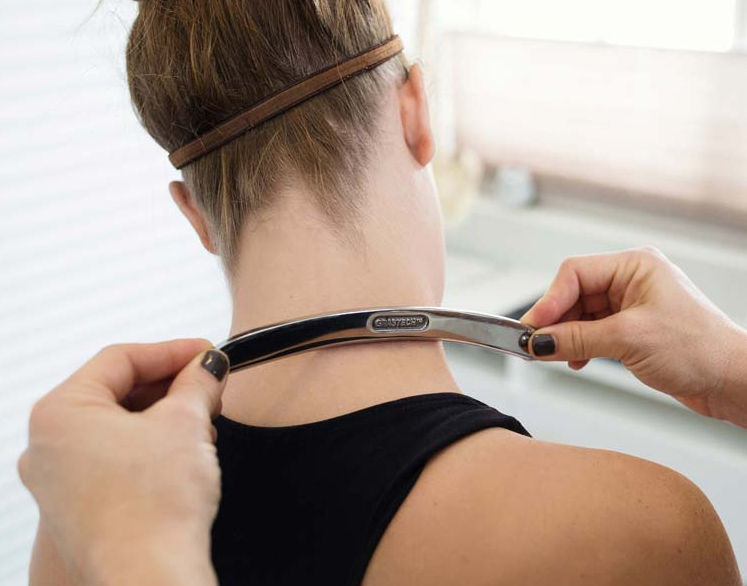Graston Technique in Massage Therapy: Unlocking Deeper Healing
- lyndseybrasseur
- Nov 3
- 2 min read
Soft tissue injuries, chronic muscle tension, and scar tissue buildup can limit mobility and cause persistent discomfort. While traditional massage and stretching often help, some stubborn issues require a more specialized approach. That’s where the Graston Technique comes in.
But what exactly is the Graston Technique, and how does it complement massage therapy? Let’s explore.

What is the Graston Technique?
The Graston Technique is an instrument-assisted soft tissue mobilization (IASTM) method that uses specialized stainless steel tools to detect and break down scar tissue, adhesions, and fascial restrictions.
It’s commonly used for injuries or chronic tension affecting muscles, tendons, ligaments, and fascia, helping improve tissue mobility and reduce pain.
Common Issues Treated with Graston Technique:
Chronic muscle tightness and stiffness
Tendonitis (e.g., Achilles, elbow, or shoulder)
Plantar fasciitis
Scar tissue from surgery or injuries
Repetitive strain injuries
While standard massage provides relaxation and circulation benefits, the Graston Technique targets deep tissue restrictions that may not respond to hands-on massage alone.
How Does Graston Technique Work in Massage Therapy?
During treatment, a therapist uses curved stainless steel instruments to gently stroke, scrape, or mobilize soft tissues. These tools:
Identify areas of tension or restriction
Break down scar tissue and adhesions
Stimulate blood flow to promote healing
Enhance the body’s natural repair mechanisms
Most patients undergo 2 to 4 sessions per week for several weeks, depending on the severity of the issue. Each session lasts 15–30 minutes and can be comfortably combined with traditional massage therapy.
Benefits of Graston Technique
✅ Non-invasive: No needles, incisions, or surgery
✅ Effective for chronic tension: Helps stubborn adhesions respond to treatment
✅ Enhances recovery: Improves mobility and reduces pain
✅ Evidence-based: Studies show positive outcomes for soft tissue injuries and scar tissue management

What to Expect During Treatment
Assessment: Your therapist will examine the affected area to identify restrictions and tender spots.
Application: The stainless steel tools are gently applied along the tissue.
Sensation: Some mild discomfort or tenderness may be felt, similar to a deep tissue massage.
Aftercare: Light stretching, hydration, and avoiding strenuous activity for 24–48 hours is typically recommended.
Who is a Good Candidate?
The Graston Technique is ideal for those who:
Have persistent muscle or tendon tension
Are recovering from soft tissue injuries
Want to complement traditional massage for deeper results
It may not be suitable for:
People with open wounds or skin infections
Individuals with certain bleeding disorders
Those with acute fractures or severe osteoporosis
Is It Covered by Insurance?
At The G.O.A.T. Sport Medicine Clinic Sherwood Park, Graston Technique sessions during massage therapy is eligible for direct billing under massage therapy coverage.
Conclusion: Enhance Healing Beyond Traditional Massage
The Graston Technique is a safe, effective, and evidence-based tool to address soft tissue restrictions and chronic tension that standard massage alone may not fully resolve. For those struggling with lingering stiffness, scar tissue, or repetitive strain, this technique could be the key to improved mobility and pain relief.
Ready to Experience Graston Technique?
If you’re looking to complement your massage therapy with deeper healing, book a session with one of our skilled therapists and take the next step toward lasting relief.



Comments